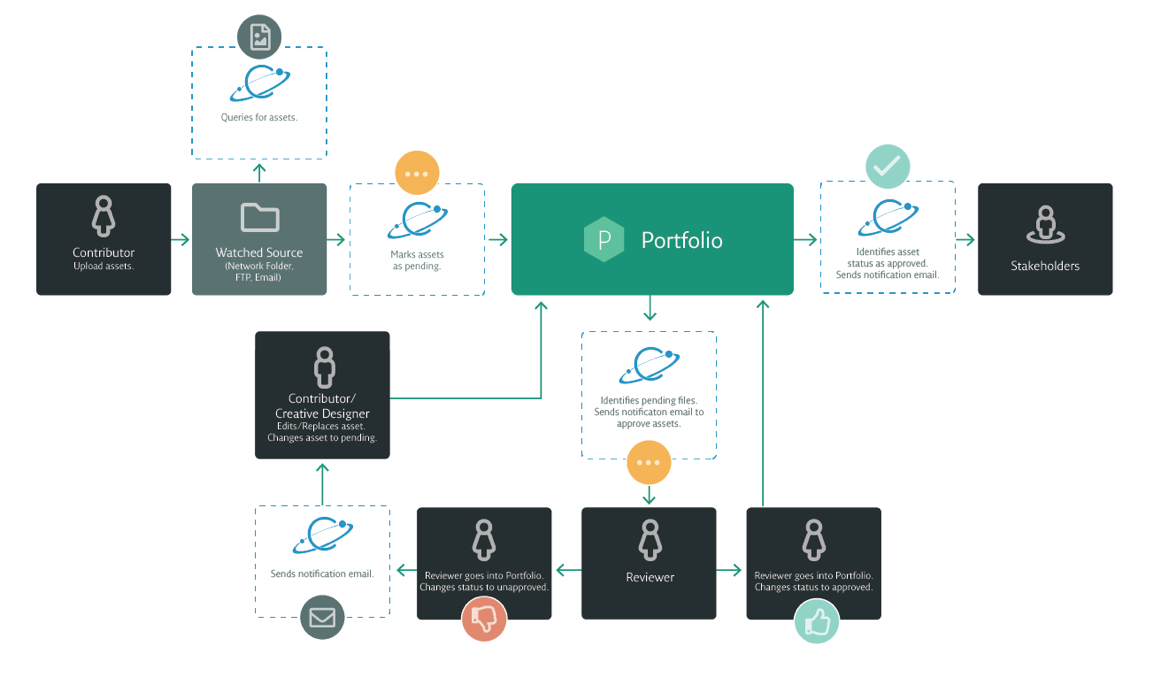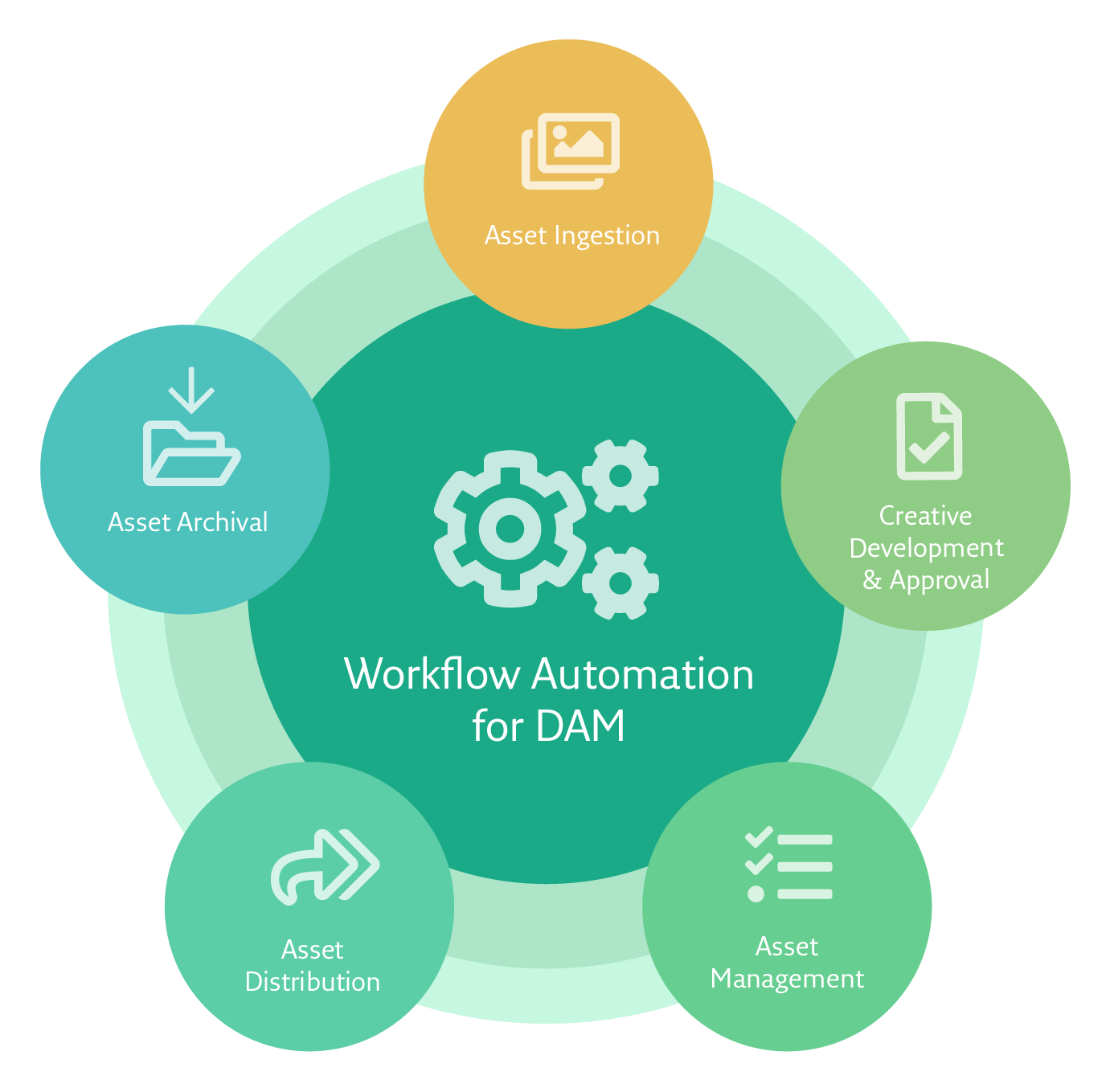Control the chaos and unleash your team's potential with Extensis Connect / Learn More
Control the chaos and unleash your team's potential with Extensis Connect / Learn More

Corbit is at the heart of Portfolio automation. At the same time, it communicates perfectly with third-party systems or other Extensis solutions such as the Universal Type Server. Torsten Köbel, Country Manager of Extensis, explains the functionality and benefits.
What is Corbit and how does it work?
Torsten Köbel (TK): Corbit is a powerful, intuitive and flexible additional program for Extensis solutions. Workflows, such as with Portfolio or Universal Type Server, can be automated with Corbit according to the if-then conditional principle. For example, as you store images, fonts or any other digital files in a specific folder, you can prescribe additional processes to occur automatically with Corbit. Examples include automatic tagging according to adjustable criteria, application of metadata, updating databases, conversion to different file formats that you specify, files saved in different sizes for print or web, movement of files to other folders or delivery to recipients. You can also receive warnings on request.
Once workflows are defined and created—they can be saved alongside those that already come with Corbit –so they can easily be used again or shared with other employees in across your organization.
What are the advantages of automating workflows with Corbit?
TK: Automation increases efficiency and can save a lot of time. Greater quality assurance, such as the reduction of errors, can also be achieved. This will help you avoid the costly consequences of operator errors; just think about the costs incurred if you accidentally erase valuable original photos or add misspelled or incorrect metadata. Another benefit Corbit provides is bandwidth management. For example, by setting up an automated workflow to back up files on Sundays at 2:00 AM, you can ensure this important task gets done on a regular and consistent schedule without burdening your network during your business hours. And finally, compliance; by dealing with sensitive files separately, it is easier to comply with increasingly stringent legal requirements, such as the GDPR.
Which actions are suitable for Corbit?
TK: In principle, all recurring tasks can be easily automated. It is possible to set Corbit to monitor every single step after you set the starting points. Input sources can be a Portfolio folder or any other folder on your network, an FTP server, or an e-mail address.
Our initial application of Corbit automation has been for workflows associated with digital asset management; however, Corbit also lends itself well to font management. For example, in a cases where a company changes the fonts or font styles they use, Corbit can assist in automating the batch changes of fonts in thousands of documents.
How much effort is needed?
TK: That depends on the individual case. In general, however, the Return on Investment (ROI) is immediate in terms of the work hours saved through automation.
Are there other language versions of Corbit available beyond English?
TK: In addition to the English version, language versions include German and French.
Who do I have to contact if I want more information?
TK: In DACH I like to be available for a technical consultation and create a tailor-made offer. Please contact me: tkoebel@extensis.de. For the US, and any other regions, please submit your query via this form and a member of our team will contact you soon.

Torsten Köbel – Regional Business Manager, German Sales
Extensis country manager DACH, Torsten Köbel, is one of the veterans of the IT industry: Torsten has been working since May 2008 for the leading provider of solutions for Asset Management and Font Management. Previously, the font enthusiastic had already held leading positions for well-known IT companies such as Aldus, Canon, Sony, Samsung Electronics and Radius/SuperMac Technology.